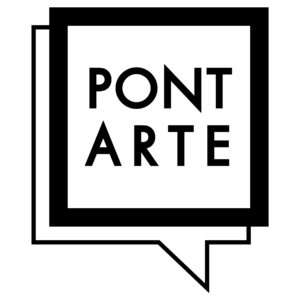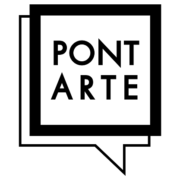Morgan Ton
Morgan Ton’s (2000) work focuses on the constant search for stability in a forever changing self. Identity seems to be anything but static, yet we try to find security in it, time and time again. With theoretical information on psychology, her fascination for this human behavior and her own experiences, Morgan’s work is closely related to her own identity and the ideas thereof. As a child of two bronze casters and a BA graduate in Fine Arts (Minerva Groningen, 2021) where she mostly focused on lens-based art, her multidisciplinary art practice varies in and combines mediums like film, photography, sculpture, installation and painting.
Comparing her intentions behind her art to a medicine hidden in a bowl of applesauce, Morgan Ton tries to find a balance between wanting to be open and wanting to protect parts of herself. The sweet exterior (the art) might distract the viewer at first from the medicine (the intentions) that inevitably get consumed with the rest. What if the viewer discovers the medicine? Will they swallow it or will they spit it out? What would that mean to her and her own identity?
‘Applesauce’ is a photography series in which Morgan took multiple reoccurring visual thoughts, often resulting from her writing, without further explanation. An exploration on subconsciousness, visual thinking, self-protection and vulnerability.
instagram: @grotkind.morgan
Website: www.grotkind.com
Myong-Hee Verhoeven
Myong-Hee Verhoeven’s art delves into the intricate layers of identity, shaped by the experience of straddling two cultures. Born in the Netherlands with Korean roots, Myong-Hee navigates the complexities of being a third-culture individual, caught between the known and the unknown.
The external gaze intensifies Myong-Hee’s internal quest for self-discovery, fueling her exploration of identity suspended between two distinct worlds. The concept of ‘third culture’ becomes a poignant anchor, aligning with the narrative of Third Culture Kids.
Her work is an exploration of the nuanced dance between being Dutch-born Korean and a Korean raised in the Netherlands. It transcends conventional boundaries, embracing the olfactory and gustatory dimensions, inviting viewers to engage with the complexities of identity and appreciate the beauty in the confluence of disparate elements.
In her artistic exploration, Myong-Hee delves deeply into the intricate realms of identity and culture through the medium of cooking. Through the sensory journey of observing, smelling, and tasting, she finds a profound reconnection with her own identity. Immersed in her exploration of food culture, vivid memories from the past resurface Myong-Hee focuses on the relationship between the ceramics used for dining and the food they hold. Leaving the ceramics unglazed, she creates an exchange of scent and color. The porous clay absorbs the essence of the ingredients, transforming both the ceramic and the space surrounding it.
Her artistic journey and work is about rediscovery and sharing that experience with others. In her space, visitors can join in the sensory exploration, experiencing how cooking can express culture and identity.
Zi Xun Graaf
My name is Xun, Zi Xun Dang de Graaf. I am 23 years old and born on the second of June, 2000 in Luoyang, China. At least, that name and date were made-up by the orphanage. In fact I was abandoned and found unidentified at the age around 2,5. What happened before that is quite unknown and will probably remain unknown to me forever. A nostalgic home feeling is hard for me to imagine. To this day, many questions been drifted down a black hole. That black hole is partly my identity. This plays a role in my perspective, actions and greed in life, both consciously and unconsciously. At the age of 3,5 my “parents” adopted me, I love my parents. But somehow, I always felt like a stranger. In order to survive I behaved lost and strange to myself to find meaning. To experience things I didn’t want to, I could choose and believe to feel the things I actually wanted to. Nature and the people I have met when being lost, taught me so. I don’t know what I’m searching for or what searching is, but I keep searching because I love it. It’s my self-taught survival strategy.
I don’t see adoption as a bad thing, it overcomes. We adopt everything in a way; people, places, feelings, materials, words and even things we don’t realize. But the truth is, from everything we adopt, there is also an opposite. Things we adopt, adopt you too. (What is the behavior of both? What is the meaning of what I adopt? Is adopting finding or stealing? Should what is adopted be changed or customized? Where does what I adopt belong to? For how long do I adopt something?).These questions started my interest in doing research about adoption in art.
For this exhibition I selected my most recent and connected work dedicated to my research. To explain a bit, almost all materials were found lost in nature, streets or abandoned buildings. I don’t like to buy materials. The procedure of buying has something less meaningful to me. I feel connected to lost objects, because I understand them. The process of finding the materials is temporary and unique. To gather common materials, changes your view of redoing that. It’s a choice. This process represents my practice and the ability to connect the found materials into sculptural works.





